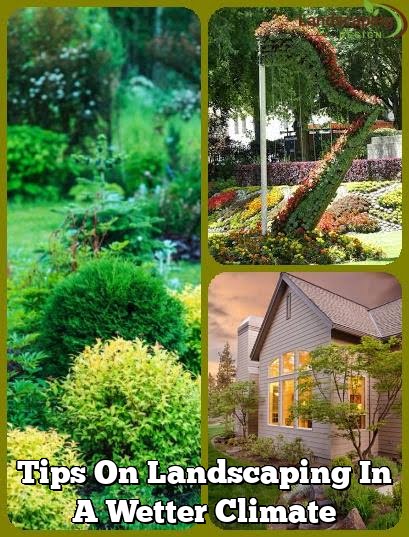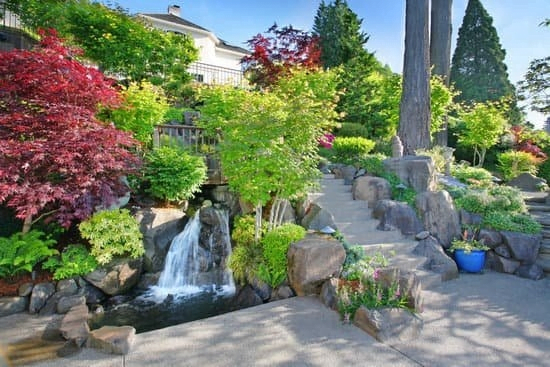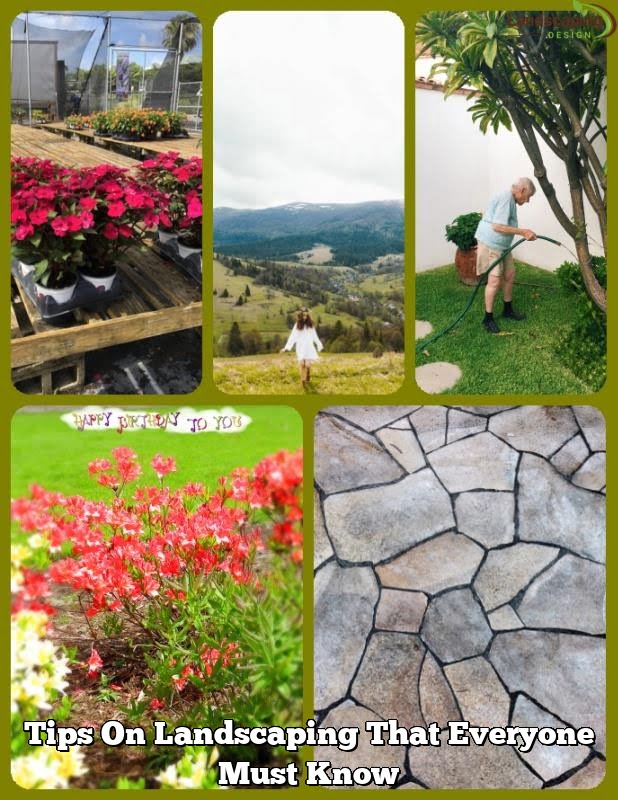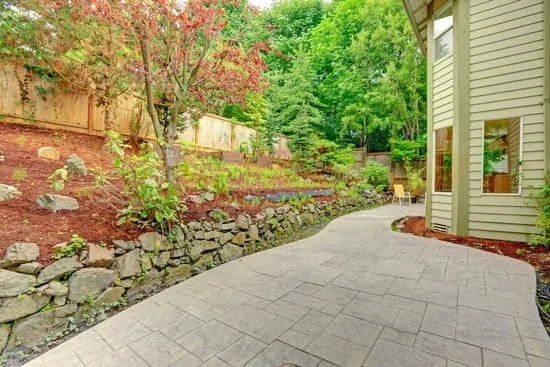
A well-designed landscape is very important to increasing the appeal of your home. It just takes a little work from you to learn the very best landscape your You must research before you start landscaping. The piece that follows includes a broad array of useful landscaping ideas for beautifying your home looking better than you ever thought possible.
Curved borders create much more contemporary and up-to-date than sharp corners and straight lines.
Try to use native plants when you are landscaping. When you are landscaping your garden, always try to use trees, flowers and trees that do well in your area.
A basic landscaping tip that can help anyone is to comprise a list of any needed materials you will be needing prior to starting on your project. You don’t want to be knee-deep in your project and then have to stop to go back to the store for something crucial.
Purchase your landscaping needs at certain times of the year to get good discounts.Wait until the winter months to buy your lumber, trees or lumber, shrubs or mulch late in the season if you can. When a new species of plant is introduced, wait a few years until prices decrease.
This will result in you lots and lots of money. You may want to ask them for advice, though, to get some guidance on how to best approach your project.
It is often prudent to go with certain items.When it comes to things like mulch, perennials and some other products, there’s no reason to buy the more pricey version. It is very important that you carefully watch over your plants thoroughly. Plants that are sold at a deep discount may not have been given the proper care that they require.
Try using curved borders around what you plant when landscaping the yard. These round shapes are more pleasing to the eye. The curved lines, despite the hard, straight borders your house or driveway create.
Some plants blossom just a short time so your yard looking empty while you wait for them to perk up again.
Consult with garden and landscape professionals prior to starting your project. Even if you landscape yourself, it is always best to speak with someone who has this type of experience. They can make sure that you some good advice on what to do or avoid if you are new to working on your landscaping.Even experienced landscapers can benefit from another perspective.
Do not overlook the impact certain kinds of landscaping could have on your home and lawn. If you are not careful, you can find yourself with plants with root systems that affect your underground pipes or shrubs that block line-of-sight to traffic when exiting your driveway. Take all of the possibilities into consideration when making your landscaping design.
Plan out your yard before you buy materials so you don’t spend what you don’t need to. Try making a rough outline of your landscaping project so you know what to buy.
There are lots of parts of the country the have water restrictions due to shortages, so you want to make sure that your plants are going to get the right amount of water.
Learn all you can about landscaping design and technique. For example, use a few larger plants as anchors throughout your yard design, to build a sense of continuity in your landscaping. The texture of different plant leaves and branches also add important variation and contrast to your design. There is a few books out there and the world wide web.
Don’t let yourself give up on a project in landscaping just because you can’t afford to do it all at once. You might find that even a few well-chosen additions create a more appealing look than you had expected.
Add lots of all shapes and shades for maximum eye appeal. You should also want to think about using trees that blossom during certain seasons.
Make sure that your design is both functional and attractive. For instance, be sure there’s enough room for your patio and driveway. Don’t plant items very close to your house or spiders and bees may become a problem inside during the home when summertime comes around.
Choose a great fertilizer for your needs. Try to stick with one universal fertilizer for everything you’ve planted to ensure that you don’t have two competing products causing possible damage where they meet. Test various products and read online reviews to identify the best for your specific needs. You need to fertilize the whole yard prior to starting your project.
Consider sharing costs with neighbors if you don’t have a ton of money. Create a planning board to determine who gets what and when.
Edging should be included as a design factor when planning out your landscape looking professional.
A border with flowing curves can be more interesting and unique than keeping borders squared away. It is both pleasing and visually striking, but also can increase your property’s value. It may be slightly more difficult to construct, than a traditional straight border, the result is well worthwhile.
Landscape designers could help when planning your project. Before hiring someone, ask to see some work that they’ve done previously, projected completion dates and estimated costs. Remember that you references as well. References must include both professional and personal. When you are checking into these references, ask if the work was completed on schedule and on budget.
The USDA’s map of hardiness zones was updated in 2012, for the first time in 22 years. This map can help you in understanding what temperatures are predicted to be tough enough to make it through your particular area’s lowest temperatures.
Water features are an elegant way to add dimension and elegance to your yard. Water features attract wildlife.
Landscaping, as was mentioned in the beginning of this article, plays a crucial role in the feel and appearance of your home. Landscaping does require effort, but practically anyone can succeed if they are committed. Study this article’s tips and you’ll be a landscaping expert in no time.

Welcome to my blog about home and family. This blog is a place where I will share my thoughts, ideas, and experiences related to these important topics. I am a stay-at-home mom with two young children. I hope you enjoy reading it! and may find some helpful tips and ideas that will make your home and family life even better!




